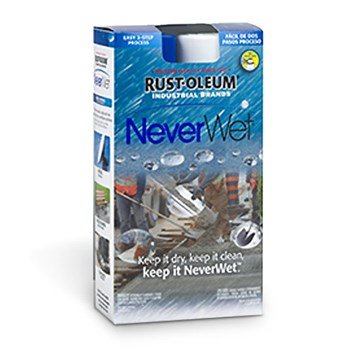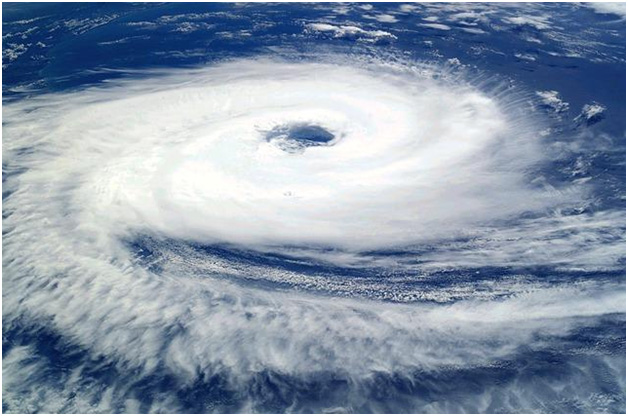If worse came to worse and the world was in chaos, where would you go?

Many people already have determined where they would go – a bug out location – a spot where they could lay low and live for a while if things got pretty bad. If you haven’t decided where you’d go during an emergency, or you already have an idea, here are a few points to consider.
1. How far away?
How far away is your bug out location going to be from your home? With some disasters it doesn’t need to be very far away. For example, a flood zone might only take up a few miles and you might be able to walk to your bug out location. Other disasters, like an economic disaster or nuclear one, might require you to get a little further away from your home.
2. What kind of shelter?
Once you get to your bug out location, what kind of shelter are you going to live in? Is there a house on the property? Are you going to be staying in a tent? The type of shelter that you have might affect how long you are able to stay in the location. If you have to go to your bug out location in the dead of winter, you might be moving if your only living in a tent.
Many people even considering purchasing land in a more remote location so they don’t have to worry about living on someone else’s property. This would allow you to build a home and place supplies there.
3. Do you have a emergency bag?
We’ve talked previously about what kind of items you’d want in an emergency bug out bag or 72-hour kit. Depending on what are you’re in, your emergency items might differ. For example, if your bug out location is right next to a river, you might want a water filter instead of large water containers.
4. Water
Speaking of water, it’s important to know where you will have access to water during an emergency. If man-made water sources aren’t working, you might need to choose a location that has it’s own natural water source. You might want to choose a location close to a lake, river, stream or natural well. Mind you, if man-made water systems are out of service, a lot of people are going to be looking for water in these locations. You’ll also need to consider how susceptible those sources are to contamination.
5. Nearby food
Depending on how long you plan on staying at your bug out location, food might be a major consideration. Are you going to have enough animal or plant life around you that you can just live off the land? Are you going to be packing in all your food? Is the ground suitable for planting?
6. Popular for other people
If you think you’ve found the perfect place for you, there might be others that think the same. While at times, preparing to defend yourself is necessary, you might have a leg up if you know how to barter and maintain a good relationship with other people who are also bugging out in the same location.
7. How are you going to get there?
Like we mentioned above, this really depends on how far away your location is from your home. If it’s close to your home, you might consider walking or riding a bike. If it’s far away, are you going to be driving? This also has an impact on your ability to prepare with food and water. If you are going to be packing in a lot of water and food, how far you have to travel might be a big decision.
8. How many people are you planning for?
Is it just going to be you? Your spouse? Your children? Friends? Extended family? Many times, people will join with a family friend to buy property and build a home on their bug out location. This is probably one of the first things you’ll need to determine because it has a huge effect on your food storage, water storage and other emergency supplies.
9. Communication
How are you going to get in contact with others? Going to bug out location doesn’t necessarily mean that you won’t need to communicate. Are you going to be too far away that you don’t get cell phone coverage? Are you going to get radio and/or TV coverage? Staying in contact with people will help you know what is going on and help you stay prepared.
10. Medical Care
Are you going to have the right supplies at your bug out location? While you might have enough food and water, what if you have a large cut and can’t heal yourself? You might consider a bug out location that is close enough to civilization that you can go to a hospital or find the right drugs that you need but is also far enough away that you can escape if you need to.
What else?
What do you think? What other considerations did you take into account when you were determining your bug out location? Please comment below and let us know. Share your knowledge!
[source]












